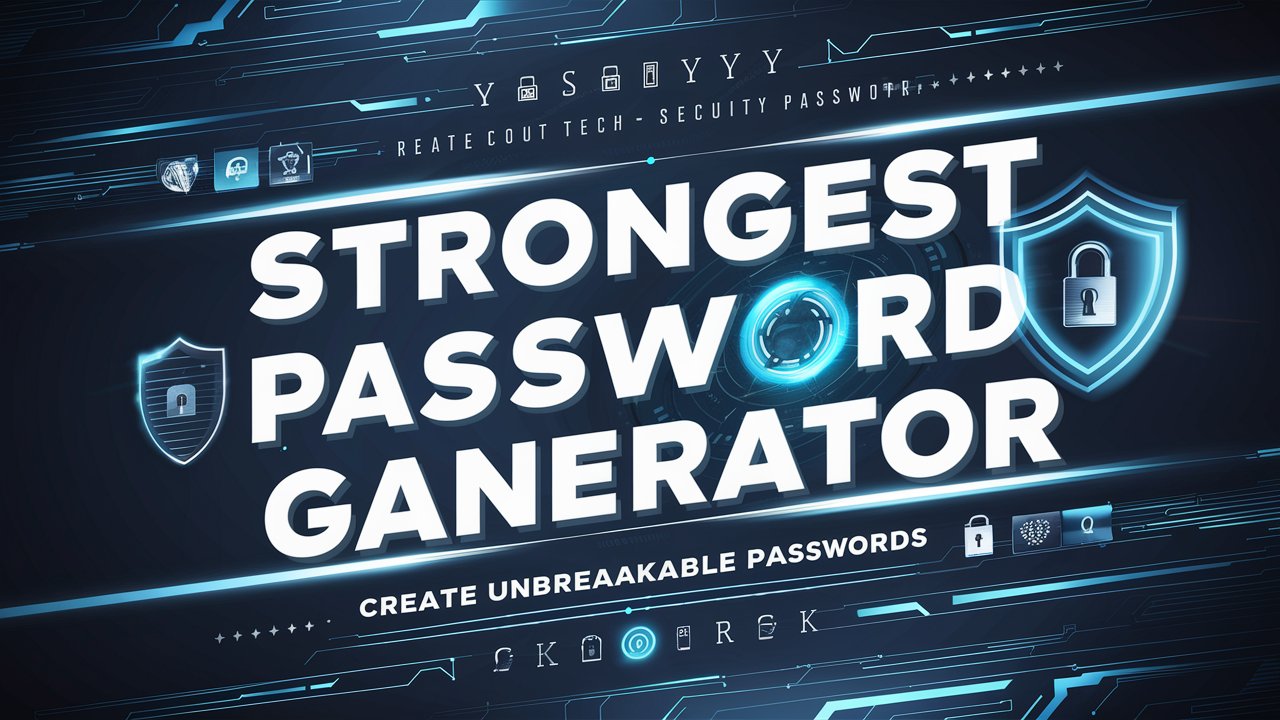
1. Select the types of characters you want in your password.
2. Set the desired length of the password.
3. Click Generate Password to create a new password.
4. Use Copy to Clipboard to easily copy the password, or Download Password to save it as a file.
5. Check the password strength and complexity metrics below.
6. To check your own password, enter it in the Check Your Password section and click Check Password.

Creating strong passwords is essential for your online security. The Ultimate Password Generator makes it easy to create secure passwords that protect your personal information. With unique features and simple design, this tool helps you generate passwords that are both strong and easy to remember.
In today’s digital world, weak passwords expose you to risks. You need a reliable solution that can provide not just random strings of characters, but also passwords tailored to your needs. This blog post will guide you through how the Ultimate Password Generator works and why it’s a vital tool for anyone who values their online safety.
By understanding the key elements of effective password creation, you can enhance your security and reduce your risk of being hacked. Ready to learn more? Keep reading to discover how you can fortify your digital life.
Password security is crucial for protecting your personal information online. You need to understand the significance of strong passwords, recognize common risks, and learn how to create passwords that are cryptographically secure.
Strong passwords are your first line of defense against unauthorized access. A good password should be at least 12 characters long and mix letters, numbers, and symbols. For example, “P@ssw0rd123” is better than “password” because it is harder to guess.
Using unique passwords for different accounts also adds a layer of protection. If one account is compromised, your other accounts remain secure. Remember, sharing passwords or using the same password for multiple sites increases your risk of being hacked.
Cyber attackers use various methods to exploit weak passwords. One common tactic is brute force attacks, where they try many combinations until they find the right one. Another method is phishing, tricking users into providing their passwords through fake emails or websites.
You should also be aware of keyloggers, software that records your keystrokes. Avoid using public Wi-Fi for sensitive transactions, as attackers can intercept your data. Regularly updating your passwords helps reduce the chances of an exploit.
Creating cryptographically secure passwords is vital for strong security. You should use a combination of uppercase and lowercase letters, numbers, and special characters. A passphrase, which is a series of random words, can also be effective, like “Giraffe!Dance#42Bee”.
Using a password manager can help you generate and store complex passwords safely. By using two-factor authentication (2FA), you add another step in verifying your identity, making it harder for unauthorized users to access your accounts.
Focus on these principles, and you will greatly improve your password security.
When creating a password generator, certain key factors ensure its effectiveness and reliability. These include ensuring strong randomness, balancing security and user-friendliness, and allowing for customizable password policies.
Randomness is crucial in generating secure passwords. A strong password should be unpredictable. You want your generator to use a high level of entropy, which means producing passwords that are less likely to be guessed.
Use algorithms that pull from a vast pool of characters, such as uppercase letters, lowercase letters, numbers, and special symbols. The more varied the combinations, the stronger the password.
Tips for ensuring randomness:
A good password generator must balance simplicity and security. Users need a straightforward interface to generate strong passwords without confusion.
Use clear prompts and simple designs to guide users. For instance, offer simple sliders for password length and complexity requirements. Too many options can overwhelm users.
Key features to consider:
Customizability allows users to tailor password settings to their needs. This feature can help organizations meet specific security requirements.
Allow users to set rules, such as minimum length or required symbols. This flexibility empowers users to create passwords that fit their security practices.
Essential customization options include: